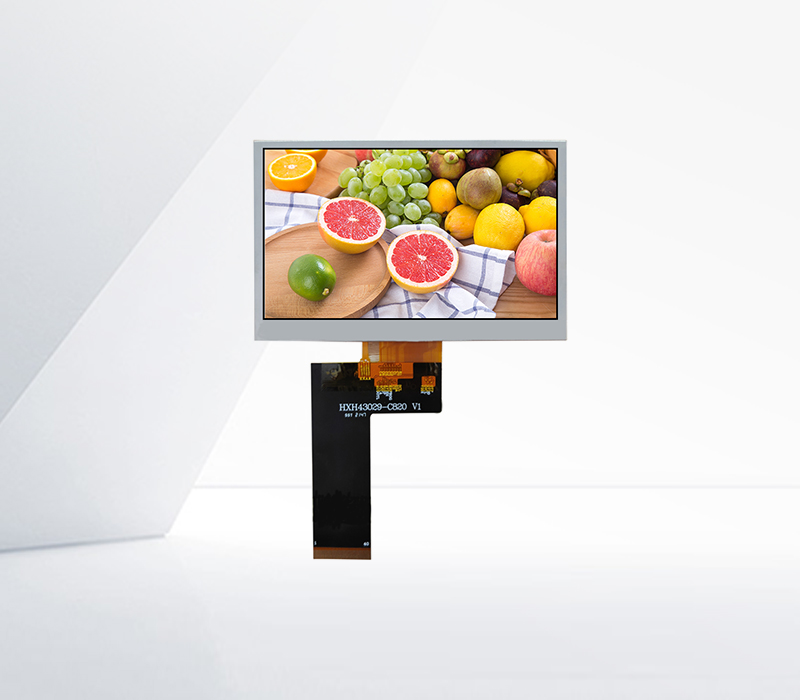




LCD modules are the core display components of advertising players, which are deployed in public spaces such as shopping malls, airports, subway stations, and supermarkets to deliver dynamic content, including videos, images, and text advertisements. These modules are engineered to attract attention, ensure content clarity, and operate reliably in 24/7 environments.
A primary requirement for LCD modules in advertising players is high image quality. To make advertisements visually striking, they typically offer high resolution—ranging from Full HD (1920x1080) to 4K UHD (3840x2160)—and wide color gamuts (e.g., 90%+ of sRGB or DCI-P3). This ensures vibrant colors, sharp details, and accurate color reproduction, whether displaying product photos, promotional videos, or brand logos. High contrast ratios (1000:1 or higher) further enhance visual appeal by deepening blacks and brightening whites, making content stand out even in well-lit environments.
Brightness is another critical factor. Advertising players are often placed in areas with strong ambient light, such as near storefronts or under ceiling lights. LCD modules for these devices therefore feature high-brightness backlights, typically 500-1500 nits, to ensure content remains visible and legible. Some models also include automatic brightness adjustment, using light sensors to dim the screen in low-light conditions (e.g., at night) to save energy without compromising visibility.
Reliability and longevity are essential for 24/7 operation. Advertising players are rarely shut down, so their LCD modules must be designed for continuous use, with a rated lifespan of 50,000+ hours. This involves using high-quality components, such as durable LED backlights (which last longer than traditional CCFL backlights) and robust panel materials. Additionally, thermal management systems—including heat sinks or fans—prevent overheating, which can degrade performance or shorten the module’s life.
Size and form factor vary based on the advertising player’s design. Wall-mounted units may use 21-55 inch LCD modules, while floor-standing kiosks might employ larger screens (55-86 inches) to capture attention from a distance. Some specialized players, such as those in elevators, use smaller 10-15 inch modules optimized for vertical (portrait) display, ideal for showing short video clips or text ads.
LCD modules for advertising players are designed to deliver high-quality, eye-catching content with exceptional reliability, making them indispensable tools for modern digital marketing strategies.
